Kaj Munk Collection
Materials by and about Kaj Munk (1898–1944), Danish priest, author, playwright and member of the Danish resistance movement, murdered by the occupying forces of Nazi Germany during the Second World War. The collection consists of 120 volumes by and about Kaj Munk. About half of the collection represents Munk's own works.
About the collection
The works of Munk mirror his various political stances. Initially, he favoured a number of anti-democratic social theories, but would later turn around entirely in these matters. Instead, he came to oppose the Nazi occupational regime, its rule and its persecution of Jews, and subjected it to scalding criticism both in his literary and dramatic production, as well as in his sermons. The biographical works in the collection provide a contemporary complement to his own works.
Acquisition history
The collection was donated to the Gothenburg University Library in 1954 by Gustaf Bernström (1877–1966). Bernström was an apothecary and financier, held to be one of Sweden's foremost 20th century book collectors.
Virtually the entire collection has been bound by bookbinder to the court Gustaf Hedberg or by the Lévin's bookbindery. The bound covers in themselves are fine examples of the work of these craftsmen.
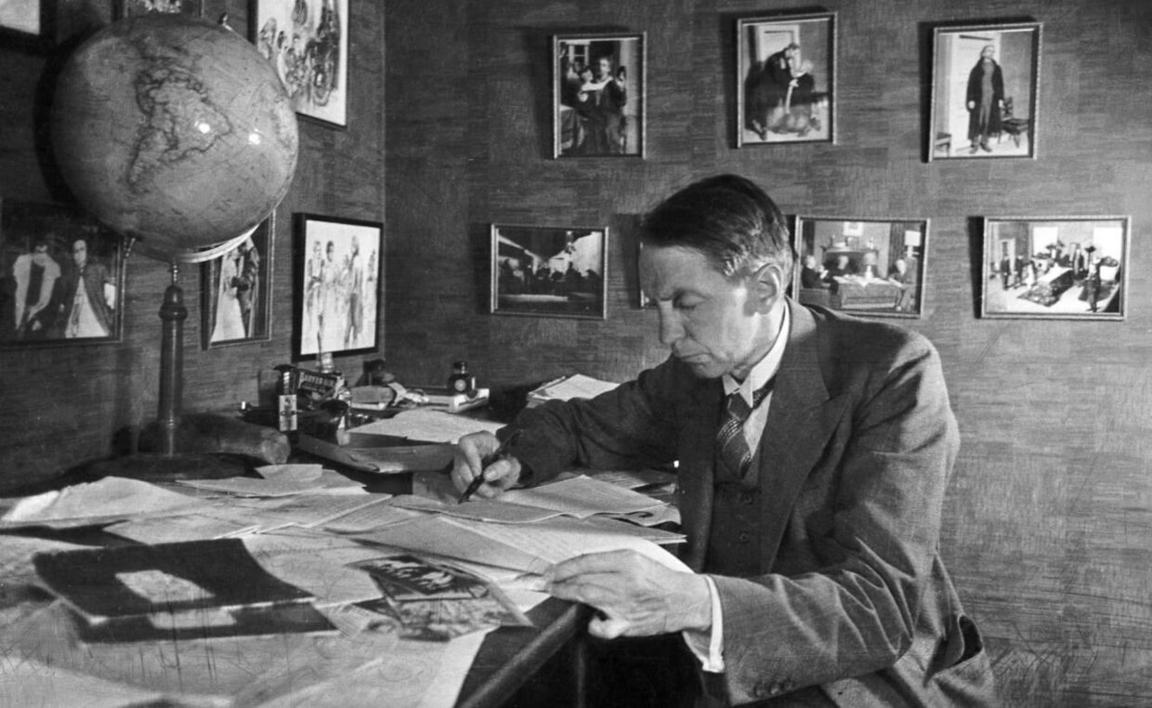

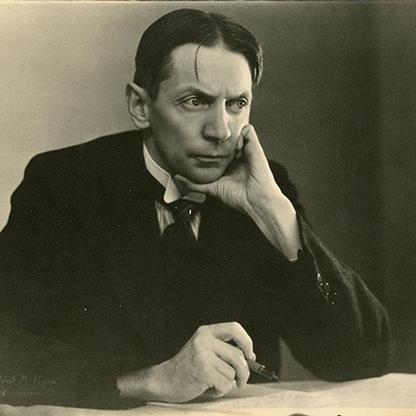
Access the collection
The collection is held in the closed stacks at the Humanities library. It is available for reading room use only.
Catalogue
The collection is currently not catalogued. The catalogue post does not list individual works.
In Libris
In Supersök
Humanities library
Renströmsgatan 4
405 30 GOTHENBURG
Phone: 031-786 17 45
Text:
Anna Lindemark
Biography
Kaj Munk was born in 1898, the son of a master tanner. He was orphaned early in life, and adopted by relatives. He studied in Copenhagen, and in 1924 he was appointed as a clergyman in Vedersø in Jutland, where he worked until his death in 1944.
In the 1930s, Munk was convinced that parlamentarism and democracy were weak forms of government, and he expressed his admiration for both Hitler and Mussolini. In place of democracy, Munk advocated a strong leader that could carry out the will of the people. In connection with the Italian invasion of Ethiopia (then Abyssinia) and a trip to Germany in 1938, where Munk witnessed the systematic persecution of Jews, he changed his stance on the Fascist and Nazi regimes. Despite his previous admiration for the Nazi regime, he was severely critical of any collaborative politics following the Nazi occupation of Denmark in April 1940. When the Danish government resigned in August 1943, Kaj Munk became a central figure in the Danish resistance against the Nazis. In his sermons and several of his plays, he urged the Danish people to resist their occupants. He was banned from preaching, which in no way dissuaded him from his clerical duties. In January 1944, he was murdered by the Gestapo. He would become an important icon for the Danish resistance movement.
Munk's widow Lise (1909–1998) was left alone with five children at his death. The Danish state gave her permission to remain in the then Vedersø vicarage, which was made a memorial following her death, and opened as a museum for visitors in 2010.
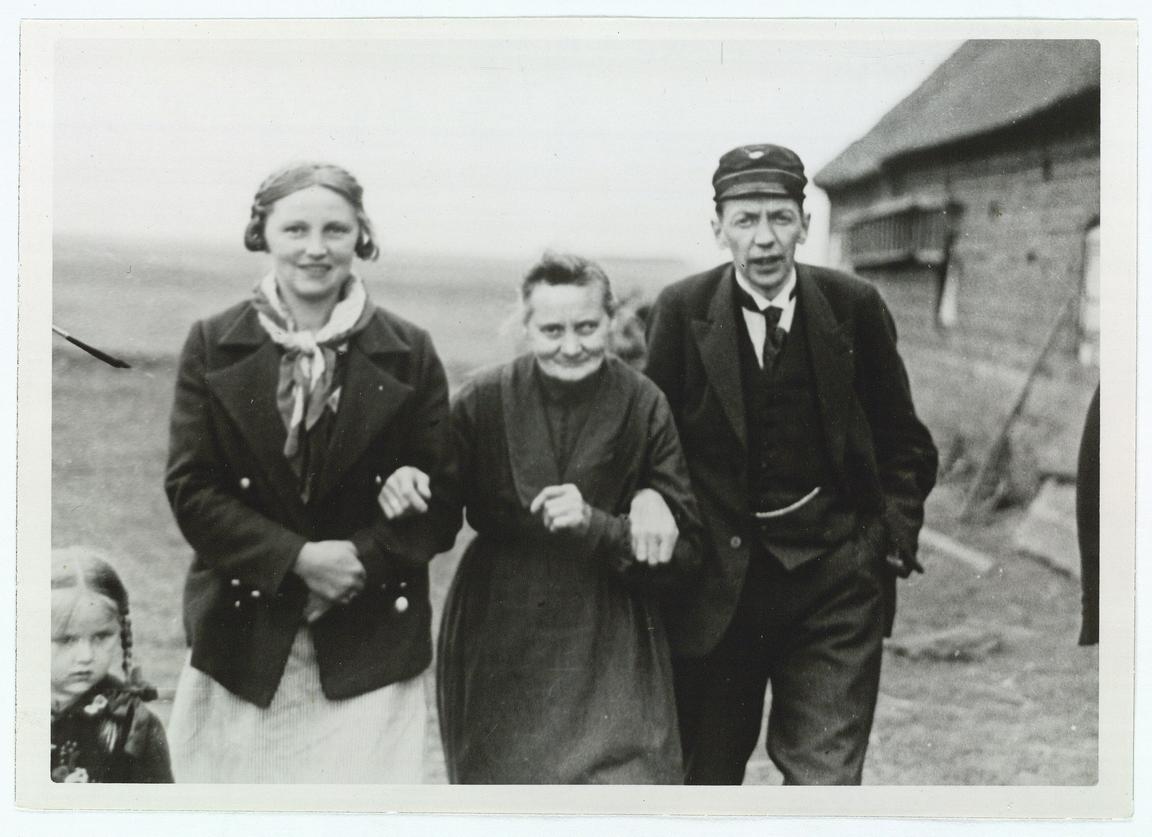
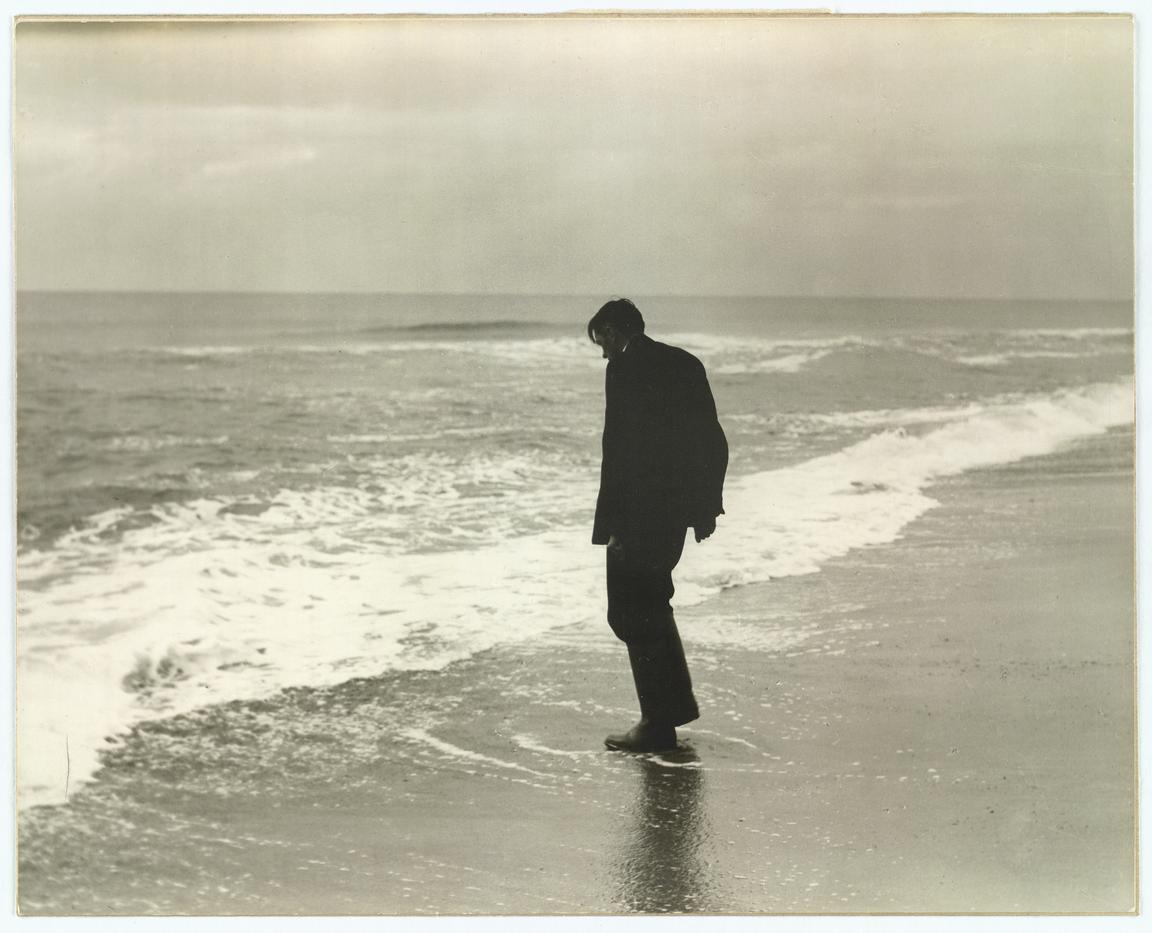
The legacy of Kaj Munk
Kaj Munk left an extensive legacy, and his life and work have been subject to much research. Already in his lifetime, Kaj Munk was a well-known personage, and there is an extensive body of press materials by and about him. Kaj Munk collector and vice customs inspector Capt. Marcussen amassed, among other things, over 50.000 newspaper clippings relating to Munk.
The centre conducts research around the authorship and time of Kaj Munk. Here, the collected dramatic works of Munk have been digitalised and annotated, along with all his preserved sermons. These texts are available online in their entirety.
The digital Kaj Munk archive includes many other texts on Kaj Munk such as letters, journal articles and photos. In addition, there are some 5 000 documents originating from Munk's surviving relatives. From 2023 on it is estimated to contain his entire collected production, as well as many other texts pertaining to his life and work.
The research centre also offers study materials, tuition and lectures on Kaj Munk.
The Kaj Munk Selskabet is a nationwide Danish association, aiming to disseminate knowledge about Kaj Munk, his life and work. The association is open to public members, and works according to democratic principles. They also collaborate with the Kaj Munk vicarage (currently a part of the Ringkøbing-Skjern Museum), the Vennekredsen for Kaj Munks Præstegård and the Kaj Munk research centre (Aalborg University), see above. Along with the research centre, the Kaj Munk Selskabet issues the publication Munkiana, with articles on Kaj Munk, his time, his work, and his influence on the present.
Following his studies in Copenhagen, Kaj Munk became the parish priest of Vedersø. This was a great change in his life, but he would eventually become greatly attached to the place, its people, and the surrounding nature. The vicarage was home to his large family with wife Lise and five children. Here, Kaj Munk had his study.
In the current location of the vicarage was once the Aabjerg manor, featuring in written sources form the mid-14th century onwards. Some 300 years later, it was made a vicarage. After the death of Kaj Munk in 1944, the residential building was acquired by the Danish state, “for at blive opretholdt som et minde om Kaj Munks liv og virke” [to be maintained as a memorial of Kaj Munk's life and work], and it was made available to Lise Munk until her death in 1998. Later, it was opened as a museum.
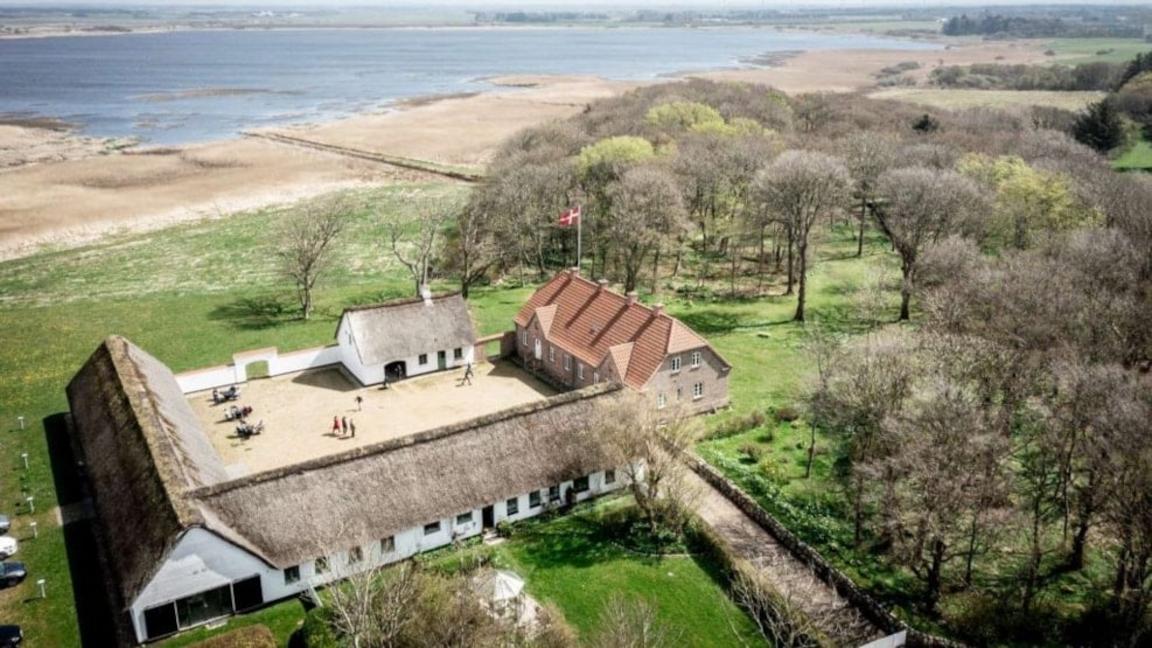
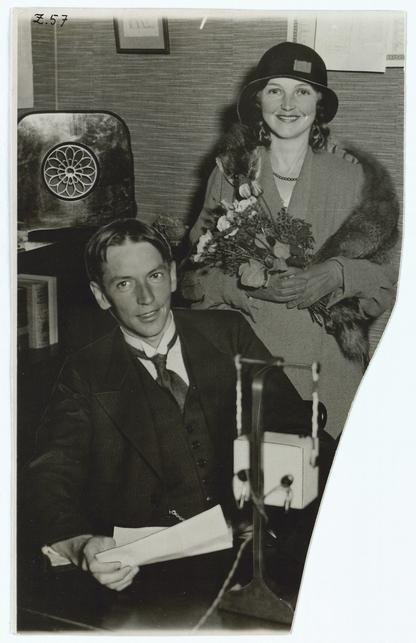
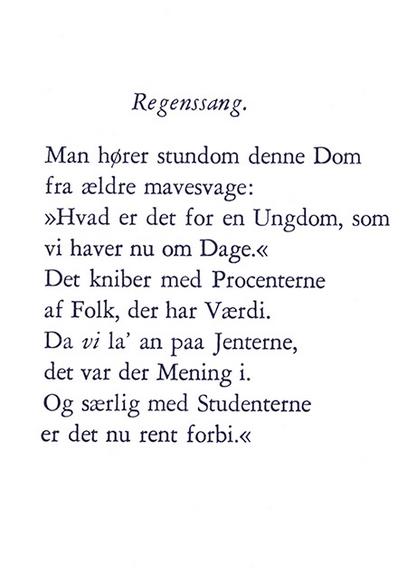
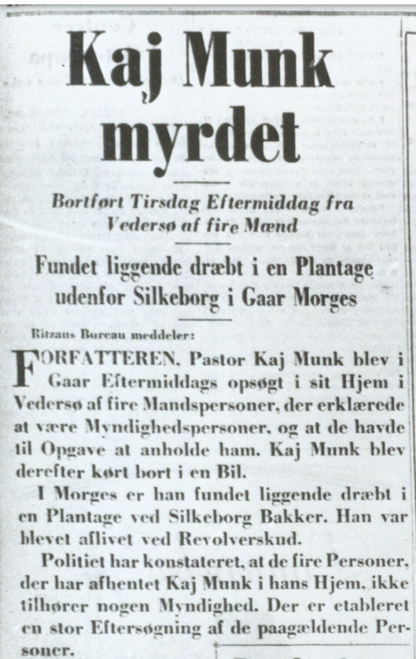
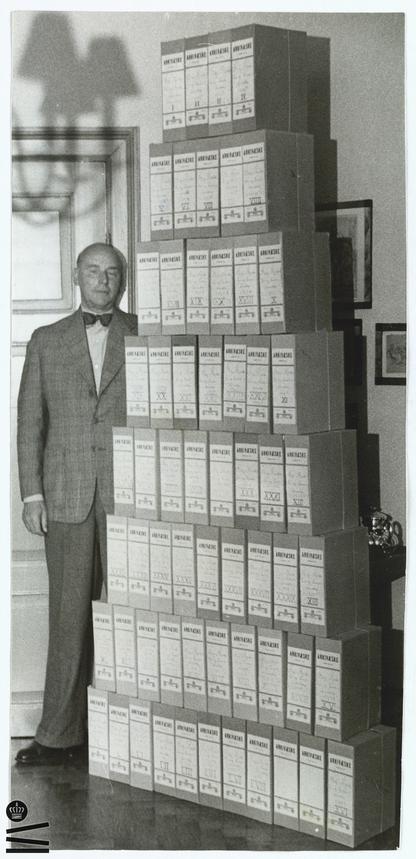
Read more
Gemzøe, Anker. – Kaj Munks digtning og livssyn / Anker Gemzøe og Mogens Pahuus. 2019, 1. ed., ISBN: 9788772102665
On Kaj Munk via Den Store Danske
Kaj Munk under forskarlupp ; Gefle dagblad 2 oktober 2011
Kaj Munks bøger : en bibliografi by Ove Marcussen
Kaj Munk collection at the Maribo diocese library
Bibliography of the Kaj Munk Research Centre
Lise Munk : en pige fra Vedersø / Bjarne Nielsen Brovst
Kaj Munk Research Centre at Aalborg University
Livet i Vedersø præstegård : om Lise og Kaj Munk / by Bjarne Nielsen Brovst
Suggested research topics
- An overview of the collection's contents. What is represented here, and how does it mirror the time and context of the material?
- Biographical research. The life and work of Kaj Munk has been subject to extensive research, but less has been written about his influence in Sweden, politically as well as in literature, than in his home country.
- Comparisons with other collections by and about Kaj Munk.
- Comparisons with Swedish writers who have touched upon similar subjects would also be interesting from a perspective of literary history and political history.
Please contact us if you have any suggested research topics you would like to share!